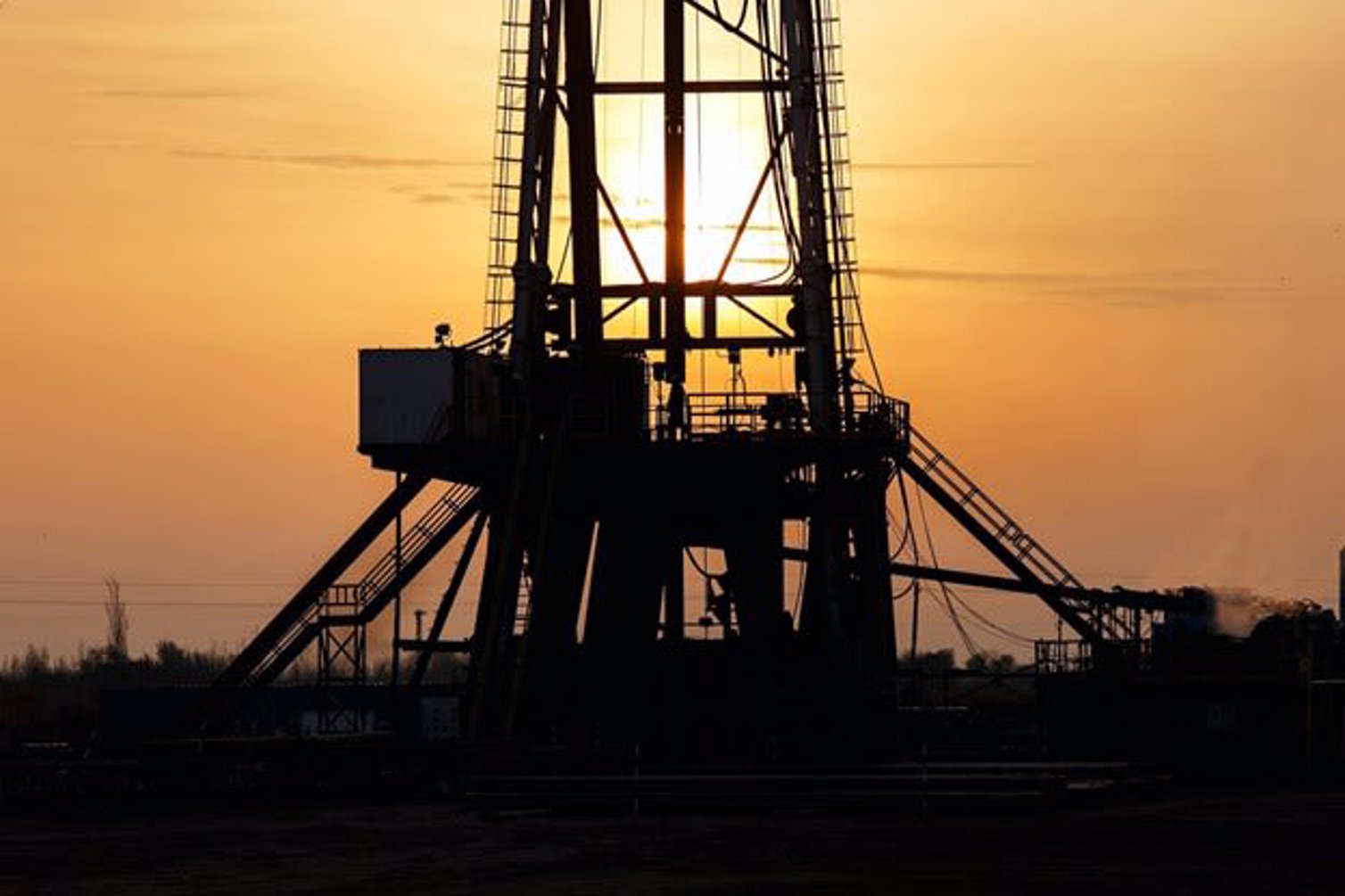Blog


It is always nice to have options. Whether it's choosing a sedan or SUV, or simply choosing between Peter Pan Peanut Butter and Jiffy Peanut Butter, when we have choices, it gives us the ability to consider what we want and what works best for us.
Choices also apply to the oil and gas industry, specifically for upstream oil and gas companies.
One vital aspect of the oil and gas industry is choosing how to conduct your well logging. There are two main methods typically used: open-hole logging or cased-hole logging. Once decided, it is necessary to note whichever logging technique is picked will also determine what tools are needed, like a centralizer.
With the use of a wireline, a centralizer moves logging tools or supplies up and down a wellbore. While they all serve the same purpose, there are different types of centralizers depending on the project.
We will discuss the two types of well logging in greater detail to highlight not only their similarities, but most importantly, their differences.
Open-Hole Logging
Of the two types of logging, open-hole logging is the most frequently used. This type of logging happens along the bare rock side of the wellbore formation, before placing the casing.
When wellbore drillers begin to work and create a wellbore for open-hole logging, they have to consider several properties of the ground and mud they are drilling into.
Using hydrostatic pressure difference, they will work to match the downhole conditions. By doing this, drillers can keep the wellbore open during drilling and prevent it from caving in.
What makes it open-hole drilling is the way operators are now able to collect data. Specifically, this logging takes place where the actual sides of the wellbore can be touched and examined. Also, operators can start gathering necessary data during the drilling process and after.
The open-hole logging devices check for many things on their way through the wellbore. Although this is not all the data it can collect, these devices can determine temperature, pressure, gas to oil ratio, etc.
Following the removal of the drill and initial logging, a production pipe is passed through the wellbore.
It is important to note the pipe will travel the length of the wellbore and stop to rest directly above the reservoir. Also, the drilled hole will remain uncapped at the bottom of the wellbore.
Cased-Hole Logging
The second type of wellbore logging is cased-hole logging. Although this logging technique may not be as widely used as the former, it is valuable if a well has begun to show a hindrance of flow.
Following the drilling of the wellbore, cased-hole completion begins by inserting a well casing or piping. This will also move through the length of the wellbore, but where it differs is where it stops. The pipe will continue to move into and through the reservoir.
This type of completion creates a barrier within the wellbore to prevent things like debris or water from reentering the wellbore.
Once the pipe is in place, then comes the cementing process. Cementing will secure the pipe by placing a mixture of cement into the wellbore between it and the bare rock sides of the well. Cementing also increases the sturdiness of the well. Now logging can begin.
Even though this technique of logging does require more time and cost, it is a valuable asset to upstream oil and gas companies.
Cased-hole completions allow for data collection about the well and reservoir after the casing is in place. If a well in production begins to have problems with flow, it allows operators to gain information on what is causing the issue.
It can even give an operator the information they need to decide if they should abandon or re-complete the well.
What’s Next?
Whichever way drillers and operators choose to go, it is now time to gather the tools and team for either cased-hole logging services or open-hole logging services.
Those offering wireline services can provide you with the tools needed to move items up and down the wellbore to gather data or provide needed supplies. And quality is crucial.
Some Wireline companies in Lafayette, LA specialize in manufacturing equipment for cased-hole well services.
They can also offer an array of tools, like weight bars, shock absorbers, or e-line swivels, to name a few.
When it comes to upstream oil and gas companies, the quality of e-line and wireline equipment can ultimately determine the midstream and downstream efficiency and success.
